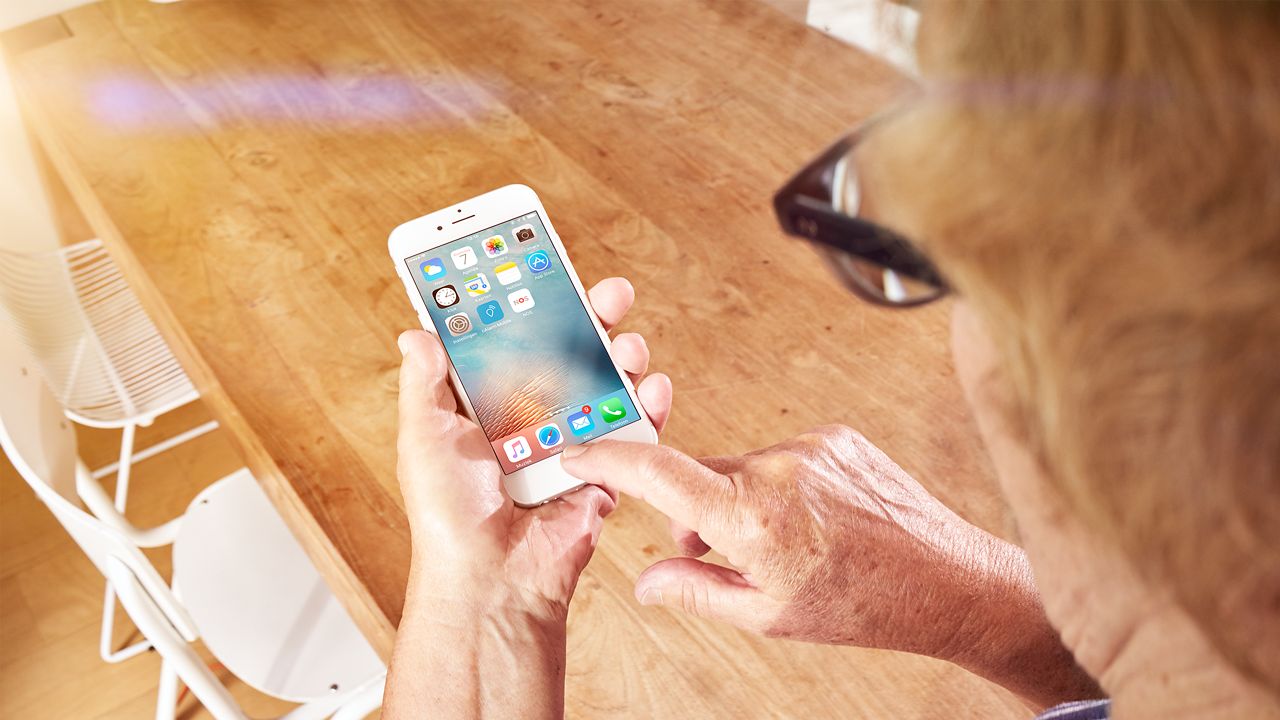Hou zelf de regie over uw leven, vanuit een veilig thuis
Met eenvoudige oplossingen woont iedereen langer zelfstandig thuis. Zorg is binnen handbereik met één druk op de knop. En op veilige afstand als er geen zorg nodig is. Zo ontzorgen we de zorg, zonder verlies van veiligheid.
Ik wil de regie over mijn leven houden
Ik oriënteer me op eenvoudige oplossingen waarmee ik zo lang mogelijk veilig, zelfstandig thuis kan blijven wonen.
Ik ondersteun een dierbare
Ik zoek eenvoudige oplossingen om een dierbare te ondersteunen om langer, veilig thuis te kunnen wonen.
Ik zoek oplossingen voor zorgorganisaties
Ik wil meer weten over zakelijke oplossingen en samenwerkingsvormgen.
Ik zoek oplossingen voor woningcorporaties en vve’s
Ik wil meer weten over woningtoegang voor mijn centrale toegang.


Het verhaal van meneer Manders
"Na een herseninfarct raadde mijn zorgorganisatie mij aan om gebruik te gaan maken van cAlarm personenalarmering van FocusCura. Ik maak er nu drie jaar gebruik van maar heb gelukkig nog nooit op de knop hoeven drukken. Wat dat betreft ben ik ook wel eigenwijs. Als ik het niet nodig vind om op de knop te drukken, dan doe ik dat ook niet. Ondanks dat ik er dan geen gebruik van maak geeft het me wel een gevoel van extra veiligheid en zekerheid."
Meneer Manders, al jaren gebruiker van de personenalarmering cAlarm Start.
Waarom mensen voor onze oplossingen kiezen
Wij geloven in een leven lang veilig thuis wonen. Sinds 2003 werken wij iedere dag met hart en ziel aan nieuwe technologieën waarmee mensen langer, veilig thuis kunnen wonen. Dat doen we niet alleen maar met een groot netwerk van zorgorganisaties, zorgverzekeraars en natuurlijk onze cliënten.
Marktleider in Nederland
130K+ gebruikers
20+ jaar ervaring
150+ Samenwerkingen met zorgorganisaties
Onze oplossingen voor een veilig thuis
Een veilig thuis met onze geavanceerde personenalarmering
Veiligheid is een van de belangrijkste voorwaarden om zelfstandig thuis te kunnen wonen. Met behulp van personenalarmering kan dit. De cAlarm personenalarmering laat gebruikers met één druk op de knop alarm slaan in geval van nood. Afhankelijk van de opvolging, wordt het sociale vangnet ingezet of komt er professionele hulp. In het geval van professionele hulp, is het gebruik van cKey woningtoegang verplicht.
Een veilig thuis met onze woningtoegang
Op het moment dat de gebruiker alarm slaat, is het zaak dat hulp zo snel mogelijk binnen is. Zeker in het geval van professionele hulp, is dit vaak lastig. Want wie heeft de sleutel? En is dit wel veilig? In dit geval biedt cKey woningtoegang de oplossing. Onze eenvoudige oplossingen zijn veilig én gemakkelijk in gebruik. De bewoner bepaalt zelf wie toegang krijgt en is verzekerd van hulp als dat nodig is.
Combineer onze oplossingen voor woningtoegang en personenalarmering om maximaal te profiteren
✔️ bepaal zelf het vangnet: sociale of professionele zorg
✔️ geniet van 24/7 monitoring van het alarmsysteem voor een veilig gevoel
✔️ hulp is altijd met één druk op de knop geregeld
✔️ hulp kan eenvoudig naar binnen als het nodig is
✔️ veiligheid gegarandeerd, dag én nacht
Dagelijkse zorg verbeteren met digitale oplossingen
Lichamelijk en geestelijk welzijn zijn onlosmakelijk met elkaar verbonden. Helaas is er te weinig tijd om iedereen de zorg te verlenen die hij of zij verdient. Gelukkig zijn er oplossingen om hieraan bij te dragen.
Met digitale oplossingen bieden we ondersteuning op afstand. Oplossingen waarmee mensen veilig, langer zelfstandig kunnen wonen. En zorgverleners houden tijd over, voor dingen waar het echt over gaat!
Veelgestelde vragen
Net nieuw hier? Of snel op zoek naar een antwoord? Bekijk de veelgestelde vragen om snel geholpen te worden.
Regel het eenvoudig zelf
Heeft u al een afspraak met ons staan of bent u al klant? Dan kunt u wijzigingen eenvoudig aan ons doorgeven.
Een wijzigingen doorgeven
Afspraak wijzigingen, nieuwe betaalgegevens doorgeven, een andere contactpersoon doorgeven of uw contract overzetten? Regel het zelf.
Uw contract opzeggen
Wilt u uw abonnement stopzetten? Geef uw afmeldingen eenvoudig aan ons door. Wij regelen de rest.
Vergoeding aanvragen
Uw aanvraag voor vergoeding moet - ondertekend door uw arts - uiterlijk op 31 december 2025 bij ons binnen zijn.
Vanaf 2026 kunt u vergoeding alleen nog aanvragen bij uw zorgverzekeraar.
Neem direct contact op voor persoonlijk advies
Enthousiast geworden, maar niet helemaal zeker welk product het beste past? Neem gerust contact met ons op, dan denken we met u mee.

















